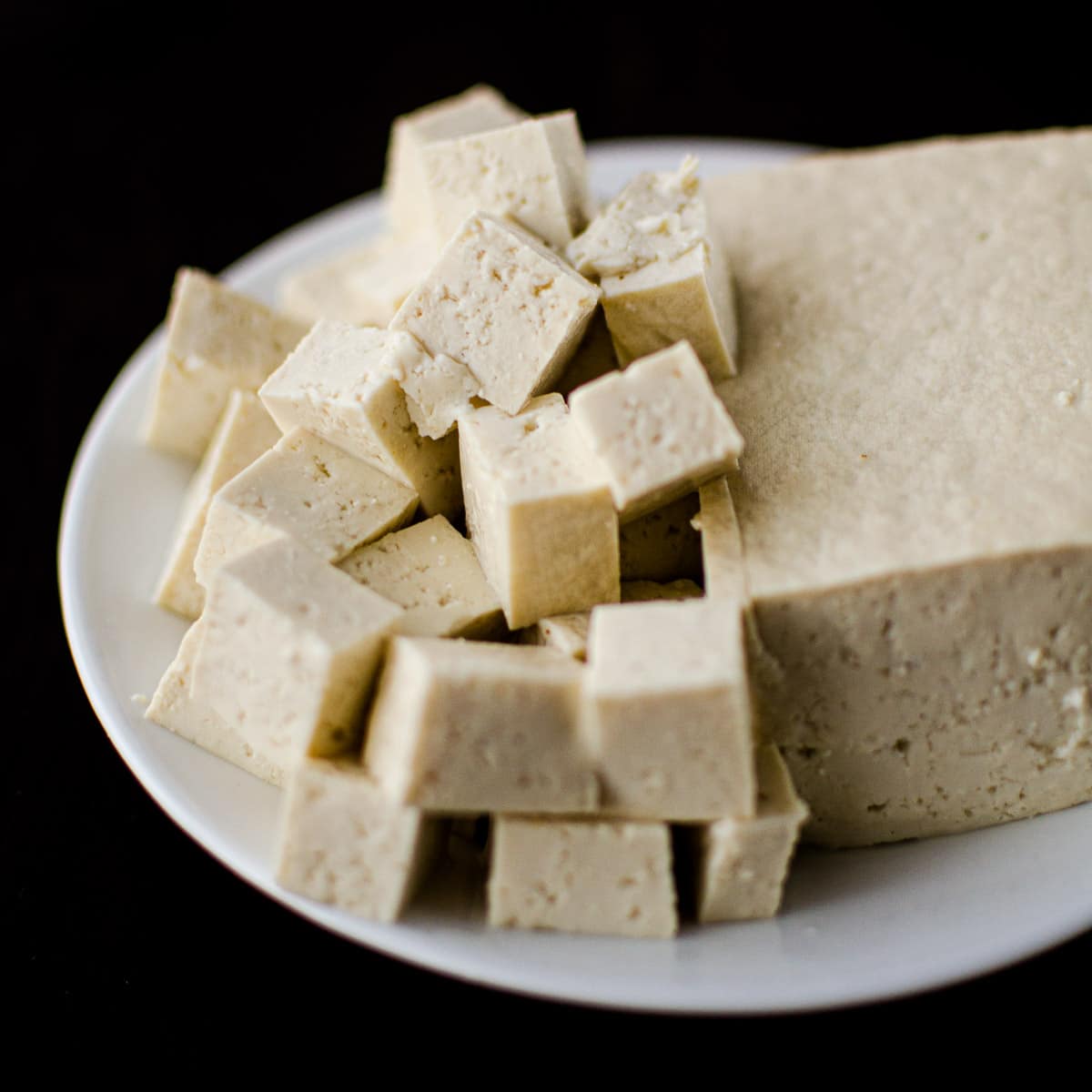guide to tofu
tofu guides protein+ glutenfree
unknown to many, tofu is an asian product of chinese origin, made out of soy bean. it is a wonderful ingredient for any diet because it is:
- full of proteins
- very healthy
- very light
- versatile
it is sometimes mistakenly presented as the vegan alternative to cheese, from which it is actually very different. in reality, it is a plain taste ingredient. this means one needs to learn how to get the best out of it: let’s see how!
how to use
it is not recommended to taste plain tofu by itself: in fact, it is almost completely tasteless. this flaw turns into a great quality when we learn how to cook it.
we must think of tofu as a sponge: it perfectly absorbs the flavour of the ingredients we couple it with.
how to prepare it…
-
cut it in slices or small cubes.
-
crumble it with your hands: this preparation is perfect if you are not a fan of its texture or if you simply want to add a source of protein to your dish without giving it a leading role.
… and the best ways to cook it
-
marinating: cut your tofu as the first ingredient of your recipe and put it in a bowl with liquid ingredients and spices: soy sauce, lemon juice, sweet ‘n sour sauce, olive oil, chili pepper, black pepper, tumeric, curry… literally anything! by the time you will have finished cooking the other ingredients, your tofu will have absorbed plenty of flavour from you marinade and then you will just need to add it to your pan!
-
simply add it to the pan at the beginning of your preparation: right after you sauté onion and/or garlic in oil, add the tofu and sauté it for a few minutes before adding other ingredients. it will absorb the lovely flavour of the sautéd onion/garlic and, thanks to a bit of frying, will make a little crunchy crust. then, add all other ingredients and, once again, by the end of the cooking it will be full of flavour!
-
if you like it crusty, you can also fry it separetely and then add it to the other ingredients when they are almost ready: it will add a really nice crunchy texture to your dish!
note: tofu is full of water. to improve its power of flavour absorption try to press it in paper towel: if you let out some liquid, there will be more room for adding (tastier) liquids to it! but this is really optional, because even whithout pressing it, its spongy feature works amazingly.
being an asian ingredient, tofu is perfectly coupled with asian flavours, but don’t underestimate its possibilities in traditional western recipes either! find here our favourite tofu recipes.
its many shapes and where to find
it is easy to find firm plain tofu, the one we normally use in our recipes, in most supermarkets. it is normally placed in refrigerated compartments, but you might also find it in nonrefrigerated compartments too. note that you might find cheaper options and bigger quantities in ethnic shops and (surprinsigly enough) in organic shops. however, tofu has different shapes that you may find. here are the most widespread:
-
silken tofu: it is a softer version, which is perfect for soups (like this one), or even desserts (check this one out!) but is less suitable for other preparations because it tends to get undone. mostly found in ethnic shops.
-
dry tofu: it is darker, very firm, with a stronger flavour and a lower power of flavour absorption. mostly found in ethnic shops.
-
flavoured tofu: like smoked tofu, or tomato-flavoured tofu. it is perfect for quick meals because it’s already packed with flavour without requiring any preparation. you can use it as a filling for sadwiches or as a topping for salads. the taste varies a lot according to the brand, so be careful with your choices: this is our favourite and it is found all around europe, but it is a bit expensive. mostly found in organic shops.